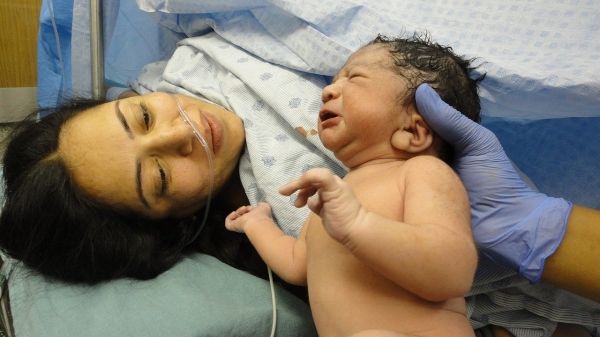Some links between our environment and our health are well known; air-quality alerts, for instance, are a regular part of the daily news. But few of us are aware that some of our major health risks were actually predicted by environmental factors our mothers experienced while we were still in the womb. Perhaps more surprising, some environmental conditions, including temperature and humidity, can even affect the number of grandchildren we will have.
This bigger picture is known as the “birth environment”—and its influence on health has long fascinated Mary Regina Boland, assistant professor of informatics in the Department of Biostatistics, Epidemiology and Informatics (DBEI) in the Perelman School of Medicine. Her work on the theme—conducted using data from around the world, on a myriad of health conditions and diseases—has yielded a series of scientific insights that has colored her thinking about which things we can change in our environment and our lives to achieve better health outcomes.
In 2015, while still earning her doctorate in biomedical informatics, she developed a novel algorithm inspired by some enticing gaps in the medical literature. “We had been looking at findings that connected women’s low vitamin D levels with increased risk of schizophrenia in their babies,” she recalls. “Then we came across several disease-focused studies, including some on asthma, which used birth season as a proxy for vitamin D exposure. But each of these approaches cherry-picked a particular question, and we wondered: Has anyone looked at all major diseases and birth season?”
Read more at University of Pennsylvania


